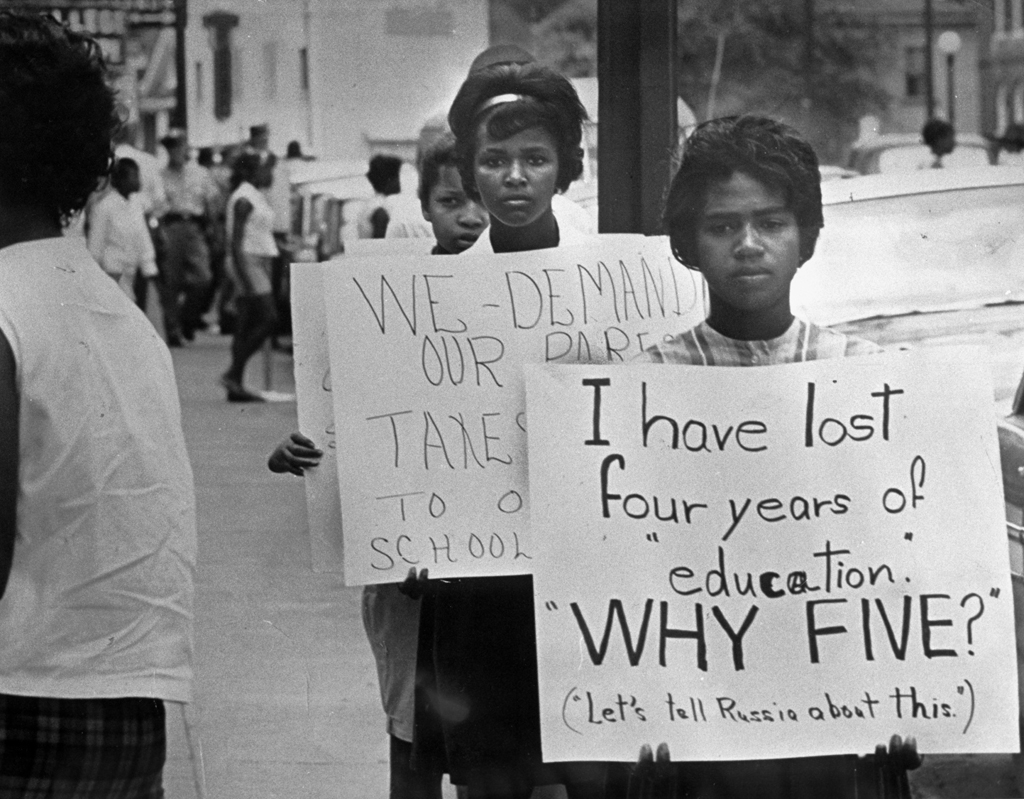The Virginia Constitution of 1869 established a statewide system of free public schools. The schools evolved in the 1900s with both Jim Crow restrictions and Progressive-Era reforms. Even progressive movements, though, were rife with racism, and Black activists rarely had a seat at the table.
Reforms were directed to segregated white schools first. Beginning in the 1930s, Black plaintiffs challenged segregation at the graduate and professional school levels. In 1950, the NAACP decided that it would no longer file lawsuits seeking equal educational facilities— only those that sought to end school segregation. The 1954 Brown v. Board of Education of Topeka, Kansas decision was a judgment in five different consolidated lawsuits that all challenged the constitutionality of segregated schools.
One of these came from Virginia—Davis v. Prince Edward County, Virginia. On April 23, 1951, sixteen-year-old Barbara Johns led a student strike against inadequate facilities at the grossly overcrowded Robert Russa Moton High School in Farmville. The NAACP took the case when students agreed to seek an integrated school rather than improved conditions at their Black school. Howard University-trained attorneys Oliver Hill and Spotswood Robinson later filed suit.
A state court rejected their suit, finding that Virginia was equalizing schools. “Equality” often connotated the presence of a physical school. Equity, however, required all students to receive the same quality education. Hill and Robinson appealed to the U.S. Supreme Court, where they combined with four other cases, including Brown v. Board.


